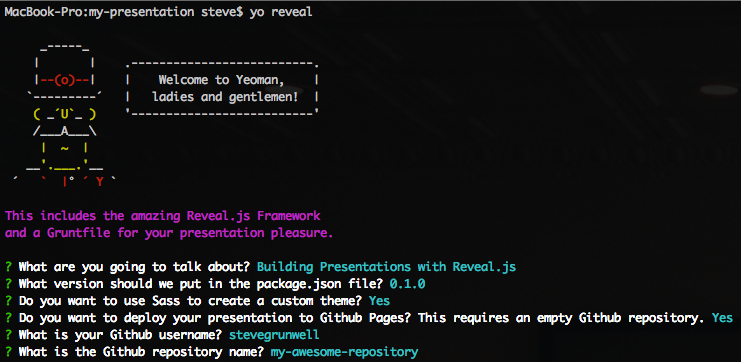If you haven’t run into them before, WordPress Must-Use (MU) plugins can be a great way to say “no, seriously, my WordPress site needs this plugin in order to function”. Other times, MU plugins may be used to activate required functionality that site maintainers don’t want the site editorial team to have to worry about (for example, caching plugins like Batcache).
There are a lot of things that can be done with MU plugins, but there’s one major limitation right out of the gate: WordPress MU plugins cannot run in sub-directories.










